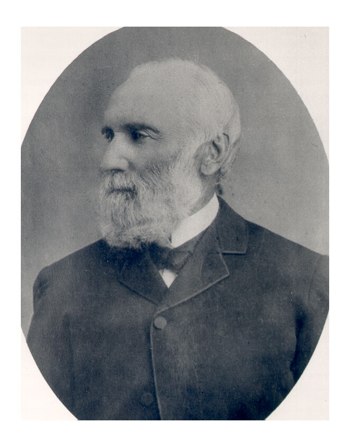 Who’s ever heard of Robert Poore Haythorne? Certainly not me. Perhaps it’s because I lack a Prince Edward Island public school education, but I’ve never heard mention of the man who, says his official biography, “could be regarded as being the true Father of Confederation.”
Who’s ever heard of Robert Poore Haythorne? Certainly not me. Perhaps it’s because I lack a Prince Edward Island public school education, but I’ve never heard mention of the man who, says his official biography, “could be regarded as being the true Father of Confederation.”
Many of the figures of Confederation are honoured here in Charlottetown: Coles has a building named after him, Gray had a ferry. Even Palmer, an anti-confederate, has Palmer’s Lane.
But there’s no Haythorne Building or Haythorne Boulevard or Haythorne Centre for the Arts.
Sure, Haythorne “in extending the railway, and placing the Island in an extreme financial situation, brought the Island to a point where union with Canada was necessary,” but Palmer and Coles “fought a bloodless duel with pistols” and we venerate them nonetheless.
Haythorne, by all reports, was a wise and sensible man; the Dictionary of Canadian Biography writes:
The writers of his obituaries described Haythorne as an “estimable neighbour” and an example of a “reasonable man” who assisted the “struggle for freedom from proprietory bondage.” He would have welcomed these summations of a life.
Perhaps, in this year of ceaseless celebration of Confederation, we should consider celebrating the man who brought us to the point where it was inevitable and negotiated its terms, despite his own misgivings about the very idea.
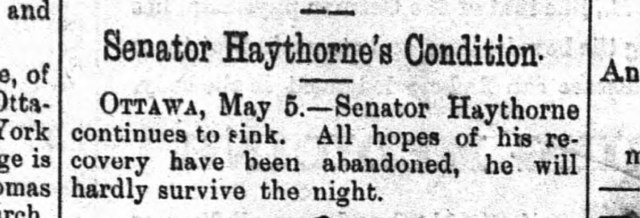
Oliver took my Drink the Other Macchiato post from a few days ago and turned it into an infographic:
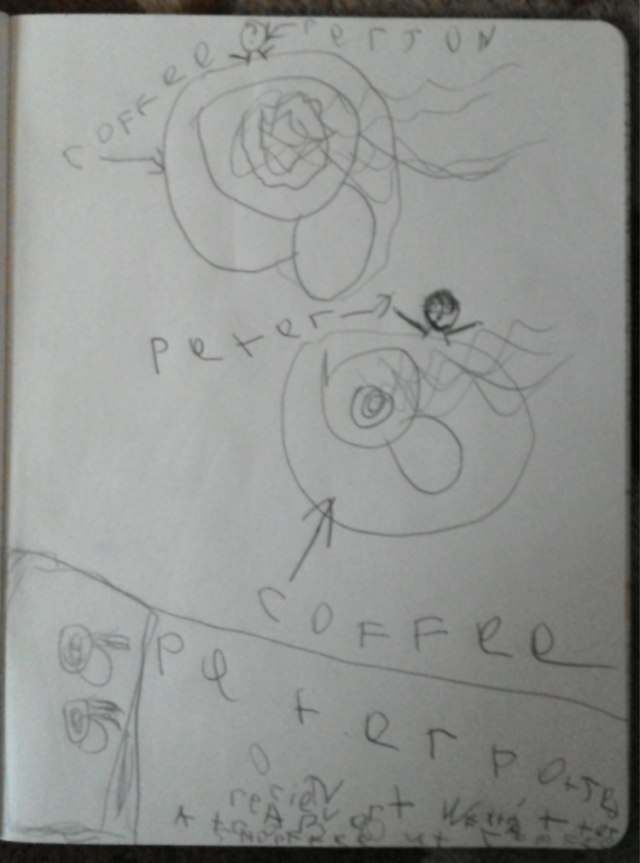
Out of the corner of my eye I caught, just over a year ago, some mentions in the media that the NDP had “softened its socialist language.” I paid it no need at the time, but this week, confronted with a near-toxic dose of wholesale-unquestioning-belief-in-the-redemptive-power-of-capitalism, I went in search of the NDP’s constitution for solace.
The version I found first, dated November 2011, had this delightful preamble:
The New Democratic Party believes that the social, economic and political progress of Canada can be assured only by the application of democratic socialist principles to government and the administration of public affairs.
The principles of democratic socialism can be defined briefly as:
That the production and distribution of goods and services shall be directed to meeting the social and individual needs of people within a sustainable environment and economy and not to the making of profit;
To modify and control the operations of the monopolistic productive and distributive organizations through economic and social planning. Towards these ends and where necessary the extension of the principle of social ownership;
The New Democratic Party hold firm to the belief that the dignity and freedom of the individual is a basic right that must be maintained and extended and
The New Democratic Party is proud to be associated with the democratic socialist parties of the world and to share the struggle for peace, international co-operation and the abolition of poverty.
That’s the kind of talk I can get behind, and was the tonic I was looking for.
Imagine my disappointment, then, when I went looking for an up to date copy of the NDP constitution only to find that all of this language was “softened” right out of the party’s constitution, replaced with a 400 word preamble that makes no mention at all of profit or capital, and denudes the mention of democratic socialism down to this:
New Democrats seek a future that brings together the best of the insights and objectives of Canadians who, within the social democratic and democratic socialist traditions, have worked through farmer, labour, co-operative, feminist, human rights and environmental movements, and with First Nations, Métis and Inuit peoples, to build a more just, equal, and sustainable Canada within a global community dedicated to the same goals.
That’s more like an homage to socialism than a commitment to it.
This repositioning – leader Thomas Mulcair was quoted as explaining it away as “a better way for us to reach out beyond our traditional base, talk to Canadians who might share our vision, who might share our goals, but who weren’t too sure” – may make the NDP more palatable, but it also excises the very heart of what made the party a compelling alternative to the Conservatives, Liberals and Greens, all of which embrace capitalism with ferocity and disagree simply on the degree to which it should be allowed to be unfettered.
It’s possible to argue that this softening was simply an exercise in catching New Democratic language up to New Democratic reality: when, after all, was the last time you heard an NDP candidate singing the virtues of emancipation from capitalism on the doorstep. But it’s a significant shift, nonetheless, and one we should all mourn.
Mourn not necessarily because we are socialists at heart – and I’m not sure that I am – but rather because in decapitating its principles, the NDP makes the political landscape even more homogeneous than it was before, and turns most political arguments about the economy into non-productive arguments about how to tweak capitalism this way or that rather than discussion about serious alternatives.
For those of you who have been following along with my telephony exploits, an update.
When we last left the issue a year ago, I’d migrated all of my telephone numbers to Vitelity, including local Charlottetown numbers for home and office, something enabled by Vitelity’s then-new ability to port 902 numbers to become DIDs. That’s worked very well for the last year.
This year, as part of a gradual plan to wean myself from the aging server that’s sitting in the server room at silverorange, I’ve taken another couple of steps:
- I migrated from Asterisk running on ye olde server to Asterisk running on a Raspberry Pi sitting beside me here on my desk in the Reinventorium behind a Bell Aliant Fibre Op connection with a dynamic IP. Unbelievably, this works extremely well, given that it’s running on a $35 piece of hardware: the RasPBX, which wraps up Asterisk and FreePBX into an easy-to-install distrubution for the Pi. And it just works.
- This change then left me with a conundrum: my home phone, a regular old cordless phone connected to a Sipura 2000 box, was no longer to see my Asterisk box, obscured as it now is behind a dynamic IP. Rather than trying to configure a dynamic DNS or some such solution, I simply created a Vitelity sub-account, moved my home phone number to that, and then connected the Sipura box directly to Vitelity, using their own (free) Voicemail system as a replacement for my own Asterisk voicemail.
All of this took more fiddling that this description suggests, but it’s working well now.
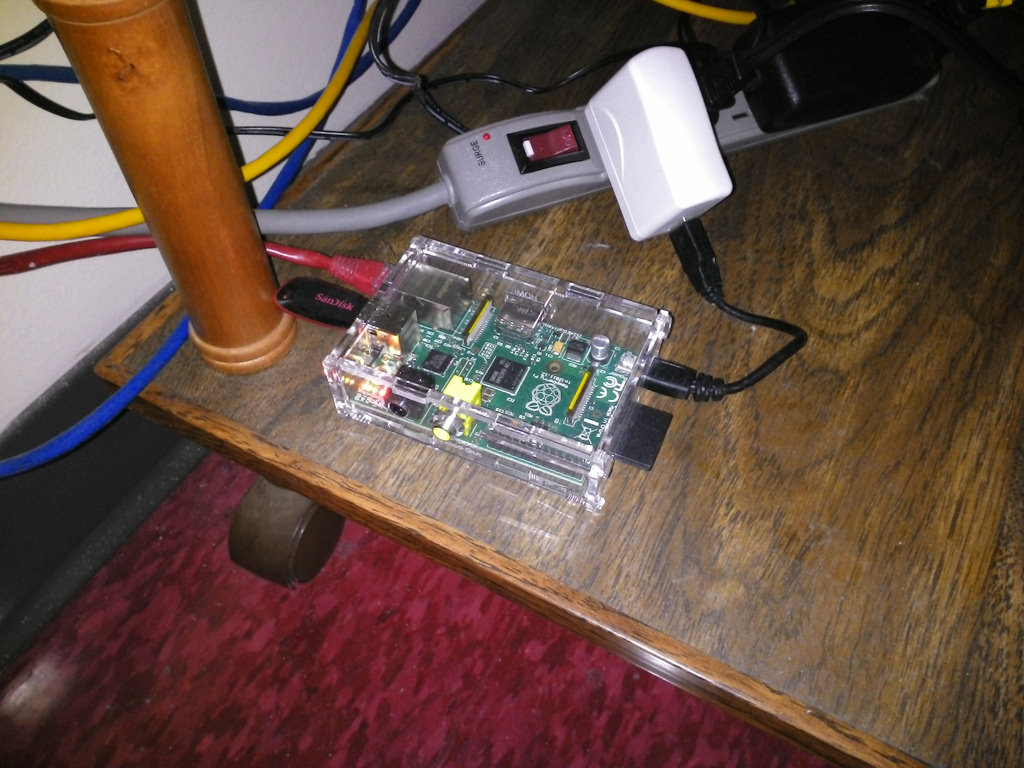
For reasons I don’t completely understand, when the friendly coffee agents at Receiver Coffee make me a decaf macchiato every afternoon conditions require they make two macchiatos.
Heretofore, in the old ROW142 days, the second macchiato would generally be consumed, for quality control purposes, by the agent themselves, but under the new regime, with the volume of coffee going out having increased exponentially, this doesn’t scale, and thus the second is now being offered up to me.
Which begs the question: what to do with the other macchiato?
And so I propose an arrangement: if you are in the Queen-Richmond area in downtown Charlottetown some weekday afternoon and are prepared to offer up some insights, witty anecdnotes, makeup tips or tales of woe while we sit drinking macchiatos on the Receiver Coffee balcony, the other macchiato is on me.
Just ping me on Twitter to proceed.

Penny, who was once four years old (I know, because I was there) is now ten years old. I’ve known Penny for longer than I haven’t known her, but we’ve never had a conversation because, at least up until the time I saw her last 3 years ago, she didn’t yet speak English and I didn’t yet speak Danish.
But, as my friend Ton relates, this didn’t prevent some indirect knowledge transfer from happening, with Ton and his partner Elmine as the midwives.
Reading that story I’m inclined to jump up and shout “yes!”, as that’s the way the world is supposed to work.
Thank you to Ton and Elmine for their activism, on both ends.
I look forward to discussing this with Penny in a few years in person.
One of the more recognizable features modern-day additions to Province House in Charlottetown are the beautiful cast “Rockwood | Worcester” alarm bells on the outside:
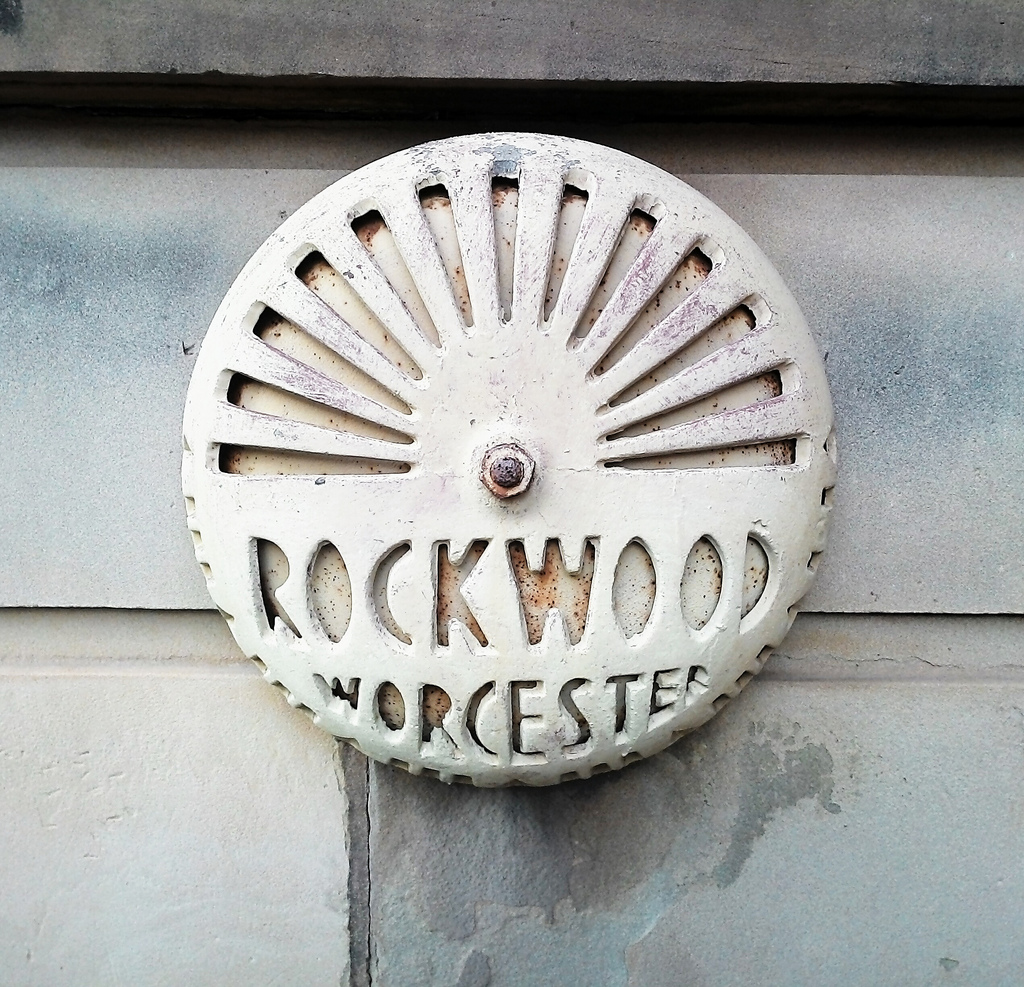
I’ve been walking by these for years, and it was only today that I learned that the former home of the Rockwood Sprinkler Company in Worcester, Massachusetts is now home to a large art studio and gallery complex called The Sprinkler Factory.
One of the delightful aspects of visiting my colleagues at Yankee Publishing is that, as a publisher that’s nearing 80 years in business, there’s been a substantial opportunity for the company to have acquired a lot of interesting tools of the trade.
Last week, for example, I discovered that the Xerox DocuColor copier, scanner and printer in the Production department (itself interesting tool of the trade) has a booklet-making feature: from my Mac it’s very easy to say “take this PDF file and make it into a booklet,” with the resulting booklet having each page of the PDF printed on half of an 8½x11 inch piece of paper, and everything collated so that when folded in half it reads in the proper order.
Once I’d made a booklet, I needed a way to staple it, and a path of inquiry through the company led me to the Yankee Magazine editorial department, where I found exactly what I needed, a Swingline stapler with an extended arm:
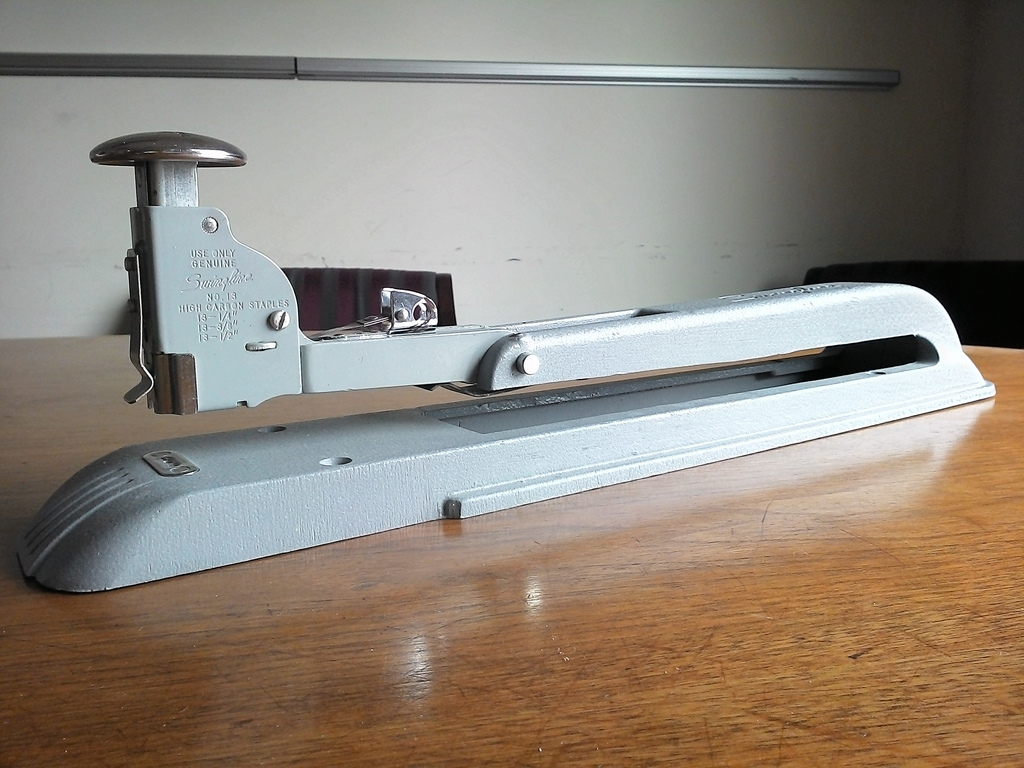
The stapler does exactly what you think it should, with a very satisfying clunk on every staple. (Those metal bars running along the wall, by the way, are where pages of the next issue of Yankee get posted for everyone to review).
My company Reinvented renewed our contract with Yankee last week to take us up to 2016, a year that will be our 20th anniversary of working together. Which means there’s plenty more opportunity to discover interesting tools in Yankee’s nooks and crannies.
I was sitting on the front porch of the Harrisville General Store this afternoon just finishing up lunch when an old acquaintance of mine, a former Yankee copy editor who once swopped houses with us, pulled up in her Toyota Prius.
In the back of the car was a delightful-looking dog with a shiny coat, a dog that looked like a Dalmatian but wasn’t.
I asked my old acquaintance if I could pet her dog.
She said yes.
I petted her dog.
This is something that, six months ago, never would have occurred to me, but which today seemed like the most natural thing of all.
I have, it seems, become a dog person.
How did this happen?
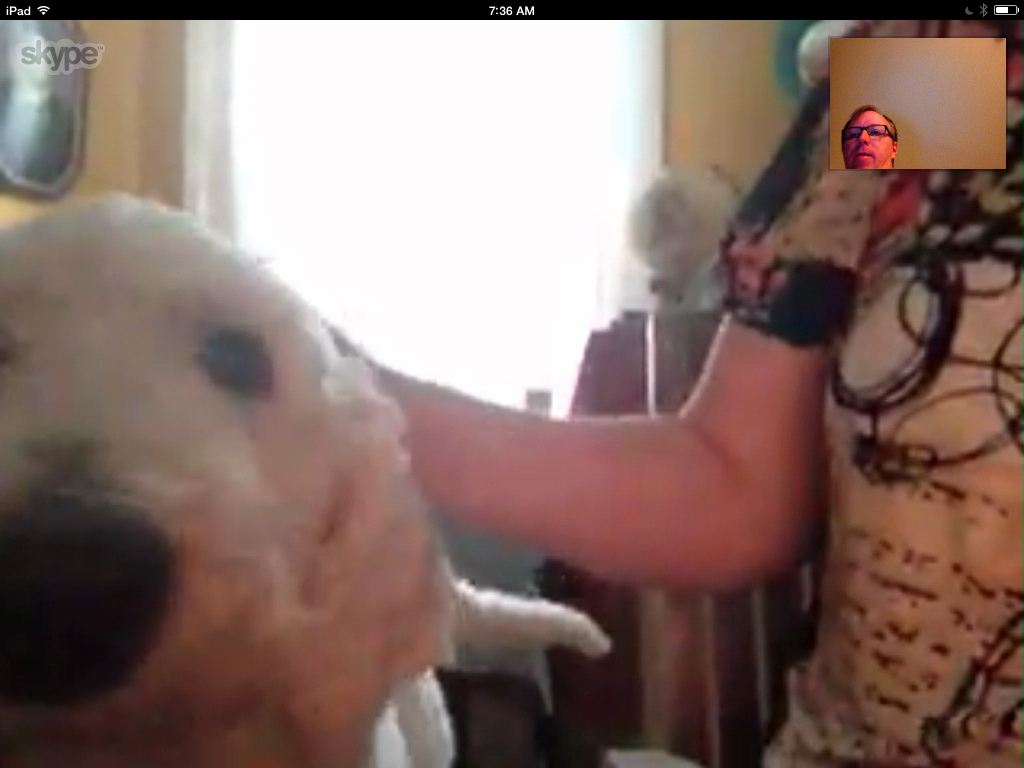
Since Ethan, Oliver’s dog guide, joined our family in March, I’ve noticed a curious thing: running in parallel to regular everyday society there is, just under the surface, a secret cabal of dog lovers.
Civilians without the virtue of a dog in their lives are, I can attest from my earlier life, completely unaware of the existence of this cabal.
But once you’re in, you’re in. And I suppose now I’m in.
The presence of the cabal manifests in all sorts of interesting ways.
On our flight back from Frankfurt to Halifax, with Ethan riding in the cabin at our feet, for example, the chief flight attendant approached me, crouched and in a whisper.
“Don’t hesitate to let me know if there’s anything I can do to help you,” she said. And then added, “I’m a dog lover.”
She offered to bring water for Ethan or even, seemingly against all international decency treaties, to allow for Ethan to surreptitiously pee on the airplane should the need arise (it didn’t).
Outside of airliners, the most obvious manifestation of the dog lover crowd is on the street: walking through Charlottetown, as we do quite often, will engender five to ten dog-related questions per hour from total strangers.
“Oh, is that a labradoodle?” (no)
“Can I pet your dog?” (no)
“What a beautiful dog! I have one just like him” (that’s nice)
“Can my son pet your dog?” (no)
“What kind of dog is that?” (a poodle)
“I had a dog just like yours, but she died three weeks ago…” (pathos)
Apparently one of the laws of dog-lover-world is that unprompted conversations with strangers are acceptable if they involve dogs.
This, of course, is part of the whole point of Ethan – to act as a social ice breaker for Oliver – so it’s hard to grumble about it, even if it is question number 98 on a hot summer day when one’s interior voice feels like saying “it’s not a goddammed labradoodle, okay.”
The osmotic road into this lifestyle has been proceeding since March, with occasional bursts of realization popping up in the months since.
Earlier this week, for example, my friend Dan James (also inside the cabal) noticed a dog trapped in a hot minivan in the Cavendish Beach parking lot.
Old me would have sloughed this off as another one of life’s unfortunate events.
New me was screaming (to myself) “break the window – break the window!” and feeling a tremendous sense of panic at the very though of such a beastly act.
How this affects friendships is also interesting, for in ones life will be a combination of heretofore unrecognized dog lovers and those for whom dogs mean little, nothing, or dread.
Learning that someone is dog lover. Or secretly has a deep-seated fear of dogs. Or that they don’t seem to notice that a dog is in the room at all. Adds an interesting layer to how friends are viewed.
In the same way that you wouldn’t break up with a friend because they don’t like broccoli, it’s not that non-dog-lovers are ineligible for continued friendship.
And it’s not like learning someone is a dog lover is an immediate cause of endearment.
I’d say it’s more like learning that a friend I really like is a secret broccoli-lover makes me love them even more.
And learning that someone I dislike doesn’t like broccoli is all the more reason to detest them with renewed vigour.
For everyone else, life continues on as before.
This aspect of life isn’t unique to dogs.
Show up in a new town with a banjo on your knee and you’ll be certain to find a bed and a meal for the night as there’s certain to be a banjo-loving kin almost anywhere (just as certain as you’ll find a lot of people who won’t give a banjo player the time of day).
We experienced that on our trip to Europe last month too: several times a day we’d benefit from unexpected kindnesses and compliments from restaurant servers (“here’s a bowl of water for your dog”), campground owners (“you can let your dog run down in the back field if you like”) and simply from strangers on the street (“autism assistance dog,” we heard more than once, “what a wonderful idea!”).
In this regard Ethan is a sort of über-dog: not only is he non-threatening and very well-trained, but he’s also in service, which makes him all the more noble and loved.
I’d been telling myself, and others who I feared might look down on me if the truth was revealed, that Ethan, as a working dog, was a utilitarian aspect of our family, an aid to Oliver, and not a dog that one would develop any affection for.
That was a lie, you now know, an untruth I told myself to prevent from having to deal with the notion that I’ve become one of them, a card-carrying lover of all dogs.
I am not at the stage yet where I will accept dog calendars as Christmas gifts. But can that be too far away?
In the meantime, as we pass on the street, oh fellow cabal members, I will recognize in your wry smile and slight wink a kinship that others cannot understand.
And I will feel all the better for it.
(Post title courtesy of Fred J. Eaglesmith; watch the entire video)
I don’t have any photos from my visit last night to Swamp Press because, well, it would be inappropriate to take photos in heaven, wouldn’t it?
I first made the acquaintance of Ed Rayher some years ago when I went in search of some 12 point Bodoni cap K to fill out an incomplete font I’d purchased (something that later evolved into a Krisis). A year later I met him in person at the Printing Arts Fair at the Museum of Printing north of Boston. And, more recently, Ed cast me some 14 point Bodoni that I used to set my Confederation Country Cabinet pieces.
When I realized that Ed’s shop is in the village of Northfield, MA, which is only a hour’s drive from Yankee Publishing here in Dublin, NH where I’m spending the week, I resolved to pay him a visit. Which is how I ended up knocking at his shop door around supper time last night.
For the next 3 hours I got a cook’s tour of Ed’s operation, a collection of machines, tools, type that, for a typophile like me, was heartbreakingly fascinating.
Ed describes his operation as a “collection of microbusinesses,” and as the tour proceeded I learned about each. For Ed is not simply a type founder, but he’s also making new type, setting type, printing, and binding. I’m sure there are a few other things he does that I missed in the process.
So I saw the ATF pantograph that Ed uses to cut new matrices, and learned about how all of the steps in the process lead to a final cast product that is precisely type-high.
And the casting machines that Ed uses, with those matrices, to cast type, along with the Monotype keyboard he uses to encode paper tape that are fed into the casters (an arrangement of technologies that aligns type casting with the Jacquard loom).
And the Heidelberg Windmill that’s the workhorse of Ed’s print shop (and what an amazing machine it is to watch).
And the binding machine that he uses to bind signatures he’s printed together to make books.
Put all together, Ed’s shop contains the technology to take a visual conception of a new typeface, to cut mats for it, cast type from the mats, set the type, print with the type, and to bind the result into a book. All you need as raw materials are hot metal, electricity, paper, and bookbinding thread. Along with a healthy dose of creativity and a lifetime’s worth of experience spent plumbing the depths of the machines.
Ed was very generous with his time, and patiently answered question after question. As the clock neared 9:00 p.m. and with thunderstorms threatening, I accepted his gift of a catalog of his typefaces and headed off into the night back to New Hampshire.
Wow. Just wow.
 I am
I am